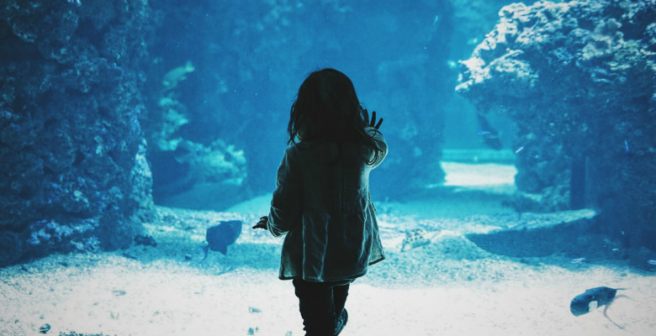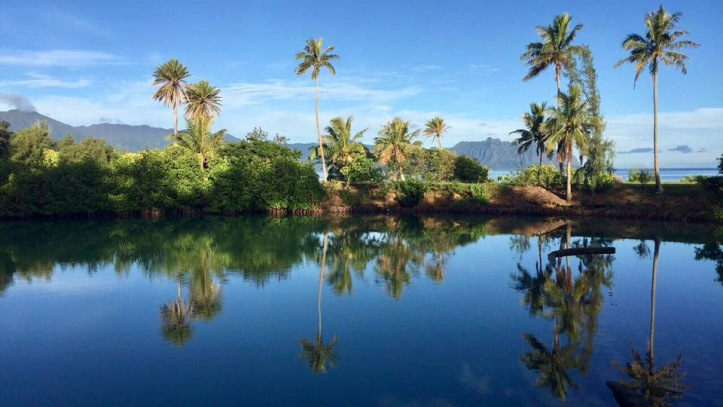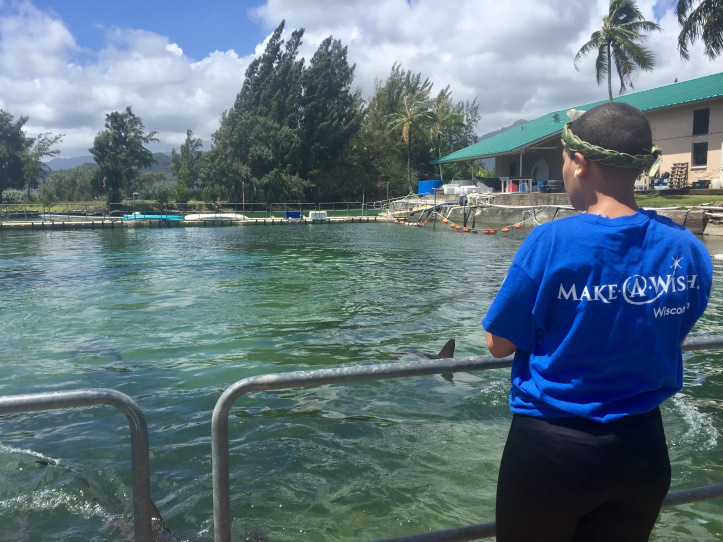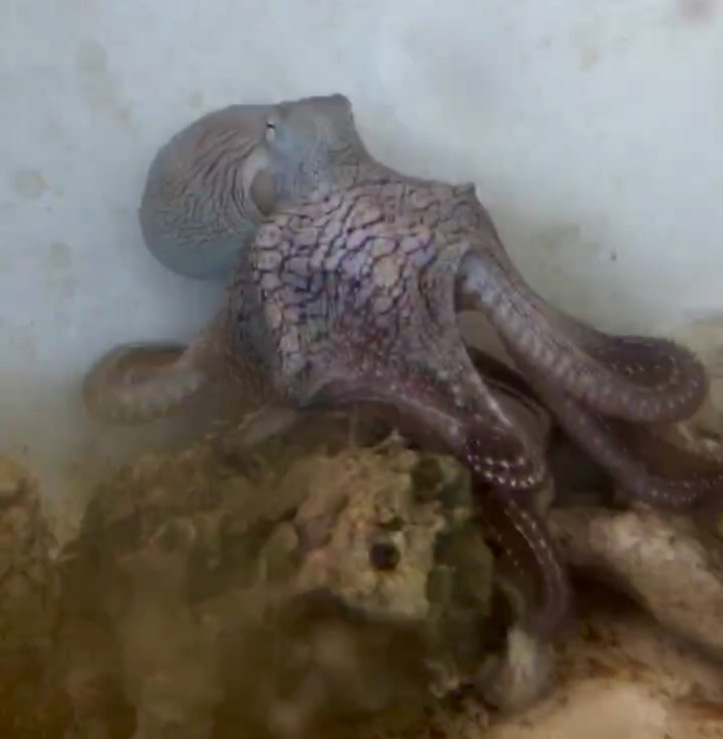Your Research. Your Life. Your Story.
A magnetic community of researchers bound by their stories
Every researcher has a story. What’s yours?
Make a wish: Being a marine biologist for a day

Aloha everyone! Here is a piece I wrote for work about a recent visit we had to Coconut Island. Enjoy!
The highlight of my experience at the Hawai’i Institute of Marine Biology (HIMB) Community Education Program is inspiring the next generation to be stewards of the land and sea. One of the most memorable visits was a trip organized through the Make-a-Wish Foundation to fulfill a young girl’s wish of being a marine biologist. Jayde is a bright and passionate 15-year-old who has a love for the ocean. Before she even stepped on to Coconut Island, her excitement was evident. She pointed at the colorful fish swimming amongst the coral near the pier, and giggled at the crabs scurrying along the wall.
Jayde visited HIMB with her two sisters and mother, who were all from Wisconsin, so they were all very excited to see the awesome marine life that HIMB has to offer. The day started off in the morning with a quick tour, giving them a background of the rich history on Coconut Island. Visitors love to learn how a previous owner built a zoo on the island, complete with elephants, camels, zebras, and even chimpanzees! We also stopped by the scenic salt water pool, built by the same owner, Christian Holmes.

The view of Kane’ohe from the Hawai’i Institute of Marine Biology
One of the highlights of the morning was visiting the Holland Shark Lab and having some of the interns teach the group about the ongoing scalloped hammerhead research. Jayde was thrilled to have the opportunity to feed the sharks. Kane’ohe Bay is a perfect location to research a variety of shark species, including the scalloped hammerhead Sphyrna lewini. Every October, as many as 10,000 hammerheads are pupped in the bay, making it a great place to learn about their physiology, behaviors, feeding patterns, and movement. The sharks in the lagoons of HIMB are used to test out tracking devices before they are used out in the wild.

Jayde feeding the sharks with the Holland Lab
The fun continued as they had some hands-on time to learn about invertebrates in our educational touch tank. We discussed the importance of coral and even fed our mushroom coral to watch them catch the food particles on their tentacles and move the food towards their mouth. The group giggled as they passed around the slimy sea cucumbers and prickly sea urchins, as we talked about the importance of each organism in the marine ecosystem. Jayde and her family even got to watch an octopus flash different colors, as we fed it shrimp. Chromatophores, or skin pigments, in their skin expand or shrink when stimulated by the nervous system, creating color patterns that can be changed instantly.

Day Octopus Octopus cyanea
Our next activity was going out on a small boat to conduct a plankton tow. This involves setting up the net, tying the rope to the boat, and tossing in the net for around 8 minutes as we slowly drove around the island. This was a great time to get to know Jayde and hear about her interests relating to the sea. She was so excited to be on a boat, learning about science. After the tow, we used our collection sample and headed to the beach house to observe the plankton under a microscope. After a quick lunch, our volunteer, Mike, taught Jayde and her family about plankton and how important it is. Did you know that in Hawaii, plankton is responsible for the production of around 75% of our oxygen? After the exciting lesson, everyone received a few drops from the sample and drew the species they found on a worksheet. Using a Kane’ohe plankton guide I helped create, everyone identified what they found. The sample we collected was extremely diverse, filled with copepods, zoea (planktonic crabs), clam larvae, arrow worms, shrimp larvae, and so much more!
Their day ended with a visit to the black tipped reef shark/hammerhead lagoon, and a lesson in invasive seaweed removal with the Super Sucker. I loved sharing my experience with shark-tagging with the group, as they were very curious on how the researchers catch and tag the sharks used for research. Overall the day was made by seeing the bright smile of this child. I am super excited for her future and I hope she goes on to study marine science, and works to protect our beautiful ocean.

Juvenile Scalloped Hammerheads Sphyrna lewini
Lyndsey Tanabe (@lynds_sea) is a Marine Science PhD Student in Saudi Arabia. This story was published on July 5, 2017, on Lyndsey’s blog, adventures (available here), and has been republished here with her permission.
Comments
You're looking to give wings to your academic career and publication journey. We like that!
Why don't we give you complete access! Create a free account and get unlimited access to all resources & a vibrant researcher community.

Your Research. Your Life. Your Story.
A magnetic community of researchers bound by their stories






